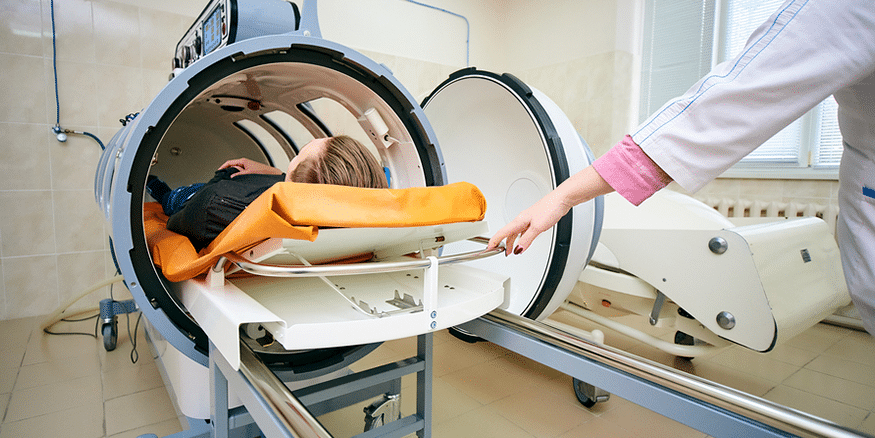Introduction
Carbon monoxide (CO) is a colorless, odorless gas produced by incomplete combustion of carbon-containing fuels. Exposure to high levels of CO can lead to carbon monoxide poisoning, a potentially life-threatening condition. Oxygen therapy is a cornerstone in the treatment of carbon monoxide poisoning, effectively reversing its toxic effects and preventing severe complications.
Understanding Carbon Monoxide Poisoning
CO poisoning occurs when CO molecules bind to hemoglobin in red blood cells, forming carboxyhemoglobin. This prevents oxygen from binding to hemoglobin, reducing the blood’s oxygen-carrying capacity and leading to tissue hypoxia. Symptoms of CO poisoning include headache, dizziness, nausea, confusion, and, in severe cases, loss of consciousness and death.
Oxygen Therapy as a Treatment Approach
Oxygen therapy is a primary treatment modality for CO poisoning. By administering pure oxygen, healthcare providers aim to displace CO molecules from hemoglobin and restore oxygen-carrying capacity. Oxygen binds to hemoglobin more readily than CO, facilitating the release of carboxyhemoglobin and improving tissue oxygenation.
Administering Oxygen Therapy
Oxygen therapy for CO poisoning is typically delivered through a non-rebreather mask or nasal cannulas. High-flow oxygen, with a FiO2 (fraction of inspired oxygen) close to 100%, is essential to rapidly eliminate CO from the bloodstream. In more severe cases, hyperbaric oxygen therapy (HBOT) may be used, exposing patients to high-pressure oxygen in a hyperbaric chamber.
Preventing Severe Complications
Oxygen therapy effectively prevents severe complications associated with CO poisoning, such as brain damage, heart problems, and tissue hypoxia. Rapid administration of oxygen minimizes the risk of long-term neurological sequelae that can result from prolonged exposure to elevated CO levels.
Duration and Monitoring
The duration of oxygen therapy depends on the severity of CO poisoning and the patient’s response to treatment. Continuous monitoring of carboxyhemoglobin levels and oxygen saturation helps healthcare providers gauge the effectiveness of therapy. Once carboxyhemoglobin levels decrease to safe levels and symptoms improve, oxygen therapy can be gradually discontinued.
Hyperbaric Oxygen Therapy (HBOT)
In severe cases of carbon monoxide poisoning, especially when patients have significant neurological symptoms or high carboxyhemoglobin levels, hyperbaric oxygen therapy (HBOT) may be recommended. HBOT exposes patients to high-pressure oxygen, further accelerating the removal of CO from the bloodstream. This therapy is particularly effective in cases of severe CO poisoning or when oxygen therapy alone might not be sufficient.
Prevention and Public Awareness
While oxygen therapy is an essential treatment for carbon monoxide poisoning, prevention remains paramount. Educating the public about the risks of carbon monoxide exposure, proper ventilation, and regular maintenance of fuel-burning appliances are crucial steps in preventing such incidents.
Conclusion
Oxygen therapy is a lifesaving intervention in the treatment of carbon monoxide poisoning. By rapidly eliminating CO from the bloodstream and restoring oxygen delivery to tissues, it prevents severe complications and ensures the well-being of affected individuals. Combining oxygen therapy with preventive measures and public awareness efforts is vital in reducing the incidence and impact of carbon monoxide poisoning.

